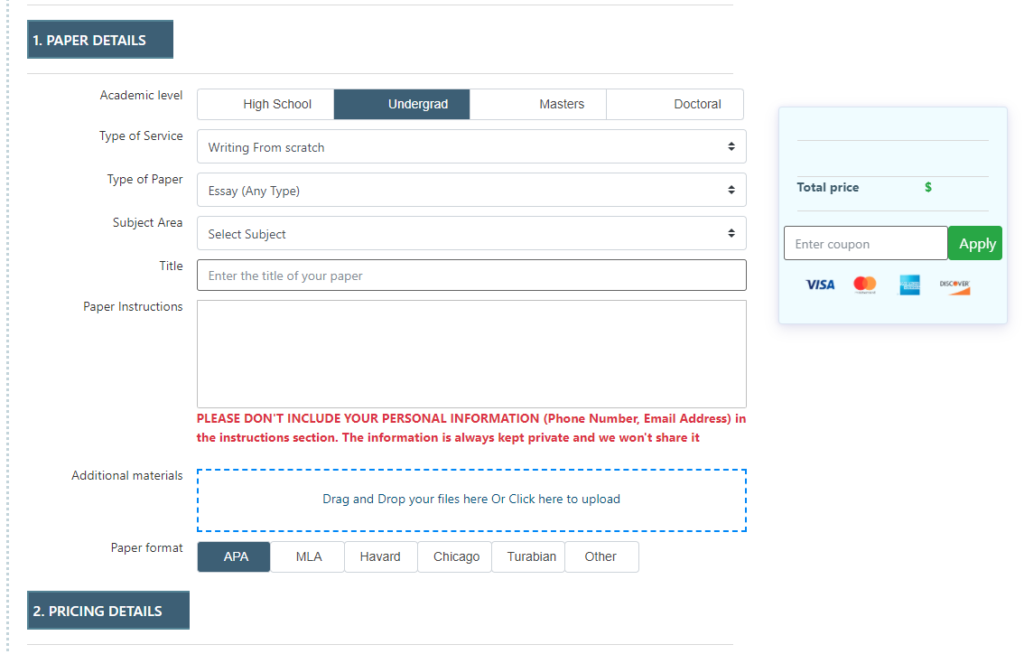Epidemiology and Population Health
ASSIGNMENT # 1
TITLE: Epidemiology and Population Health
1. Briefly summarize your selected population health problem and describe how principles of epidemiology are being applied€”or could be applied€”to aIDress the problem.
2. Are there any lessons learned from the use of epidemiology in the eradication of smallpox that can be applied to your selected problem?
3. Evaluate the cost effectiveness of aIDressing this health problem at the population level versus the individual level.
DIRECTIONS
Review the Learning Resources, focusing on the smallpox epidemic of the 1960s and 1970s and how health organizations applied principles of epidemiology to eradicate this disease.
In light of this example, consider the cost effectiveness of aIDressing smallpox at the population level.
Using the Learning Resources, research a current population health problem (local or global). Select one on which to focus for this Discussion.
Think about how principles of epidemiology are being applied€”or could be applied€”to aIDress the problem.
What lessons from the use of epidemiology in the eradication of smallpox might be applicable to this selected problem? What are the financial benefits of aIDressing this issue at the population level as opposed to the individual level?
ASSIGNMENT # 2 €“ DOUBLE SPACE, APA 6TH EDITION 2 REFERENCES
SCHOLARLY JOURNALS FROM 2010
TITLE: Descriptive Epidemiology
1. Evaluate your selected health problem in the population you identified by describing three to five characteristics related to person, place, and time.
2. Appraise the data sources you utilized by outlining the strengths and limitations of each.
3. Discuss two methods you could use to collect raw data to determine the descriptive epidemiology of your health problem, Determine how these methods would influence the completeness of case identification as well as the case definition/diagnostic criteria used.
DIRECTIONS
HIV/AIDS was first recognized as an epidemic in the United States in 1981. At the beginning of the AIDS epidemic, the life expectancy for infected persons was less than 7 years. Today, because of research and new treatment options, people who begin treatment soon after diagnosis can expect to live a nearly normal life span (Cairns, 2010). The HIV/AIDS epidemic was identified through descriptive epidemiology.
Descriptive epidemiologic studies are often conducted as precursors to analytic studies. Epidemiologic concepts are used to gather data to better understand and evaluate health trends in populations. Data such as characteristics of the persons affected, place where an incident occurred, and time of occurrence are collected and analyzed to look for patterns in an effort to identify emerging health problems. In this Discussion, you will apply the epidemiologic concepts of time, place, and person to a specific population health problem.
To prepare:
€¢ Consider a variety of population health problems, and then select one on which to focus for this Discussion.
€¢ Identify a specific population affected by your selected health problem.
€¢ Research the patterns of the disease in your selected population using the epidemiologic characteristics of person, place, and time.
€¢ Explore three to five data sources presented in the Learning Resources that could aid you in describing the population and magnitude of the problem. Analyze the strengths and limitations of each data source.
€¢ Consider methods for obtaining raw data to determine the variables of person, place, and time for your health problem. Ask yourself: How would the methods I select influence the accuracy of case identification, definition, and diagnosis?
ASSIGNMENT # 3 –
DOUBLE SPACE, APA 6TH EDITION 2 REFERENCES SCHOLARLY JOURNALS FROM 2010
TITLE: Analytic Epidemiology Designs: Observational
1. Identify the association between the risk factor and health outcome you selected, and suggest which observational study design you feel is most appropriate for examining that association.
2. Support your selection of the observational design, noting its strengths and limitations for aIDressing the health problem.
3. What might you be able to learn by using your selected study design that might lead to improvements in population health? Support your response with evidence from the literature.
DIRECTIONS
To prepare:
€¢ Review the different types of observational study designs presented in the Learning Resources: ecologic, cross-sectional, case-control, and cohort.
€¢ Carefully examine the characteristics, strengths, and limitations of each design.
€¢ Consider an association between a risk factor and a particular health outcome that is of interest to you. Then, select the observational study design you think would be the most appropriate for exploring this association.
€¢ Consider how using observational study designs can lead to improvements in population health.
A clinical pediatric nurse has noticed a rise in childhood cancer diagnoses among the Hispanic population served by the local clinic. The nurse is concerned about this increase in cancer incidence in the patient population and turns to the literature to explore current research on this topic. The nurse finds through the reading that there appears to be an association between parental smoking and childhood cancer and wonders if this could be the cause of the rise in cases.
This type of suspected association between a risk factor (exposure) and a particular outcome (childhood cancer) can be evaluated using an observational study design. This week, you were introduced to observational study designs used in epidemiology. For this Discussion, you will identify an epidemiologic association of interest (e.g., smoking and lung cancer, obesity and heart disease, hormone replacement/modification therapy and breast cancer) and determine an appropriate observational study design for exploring that association.








